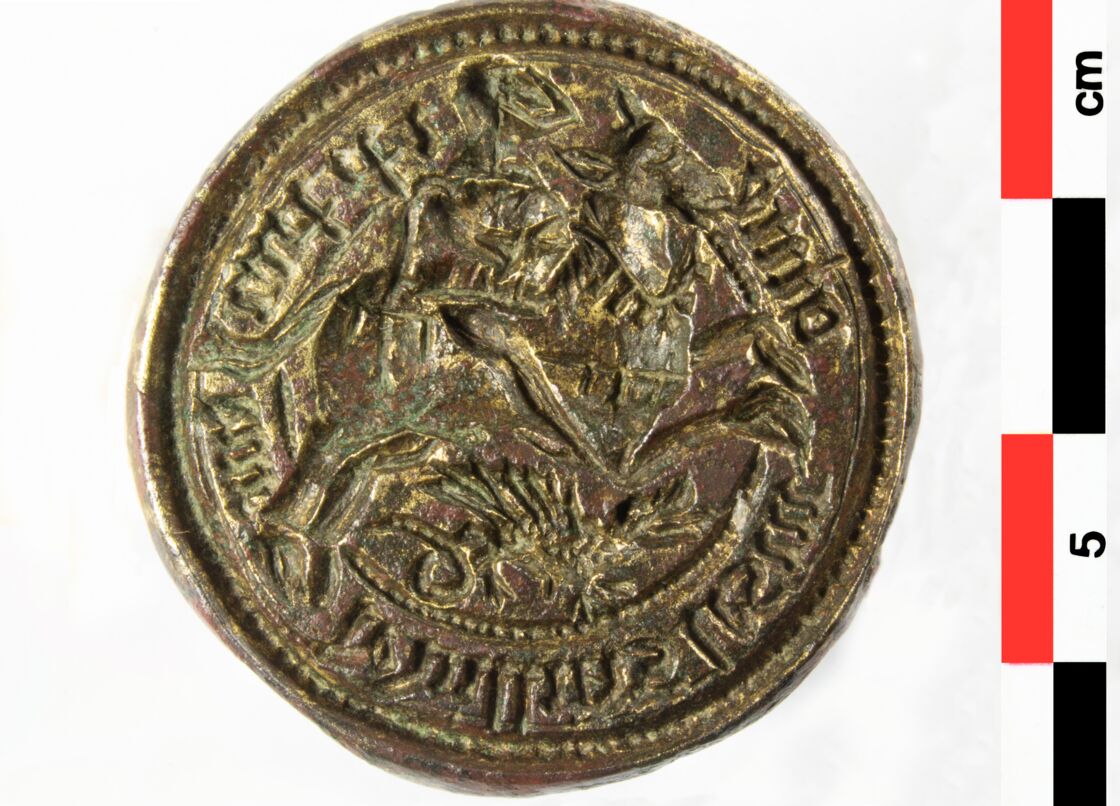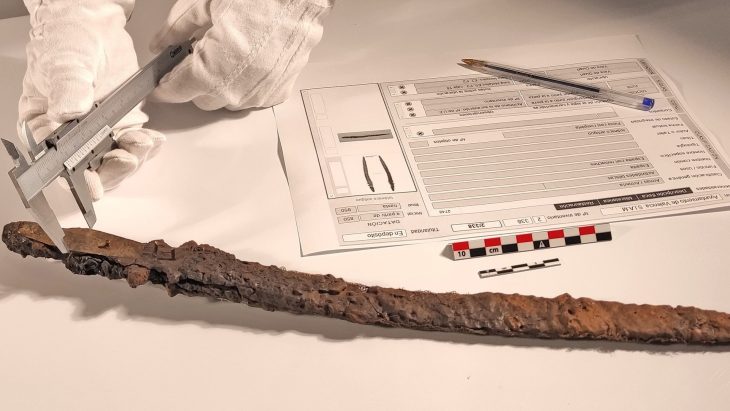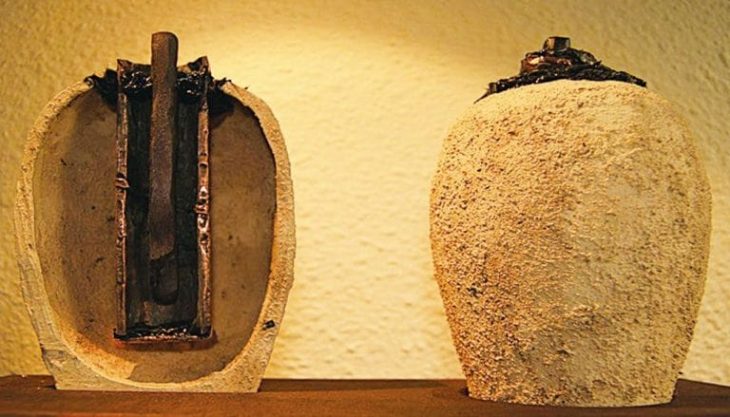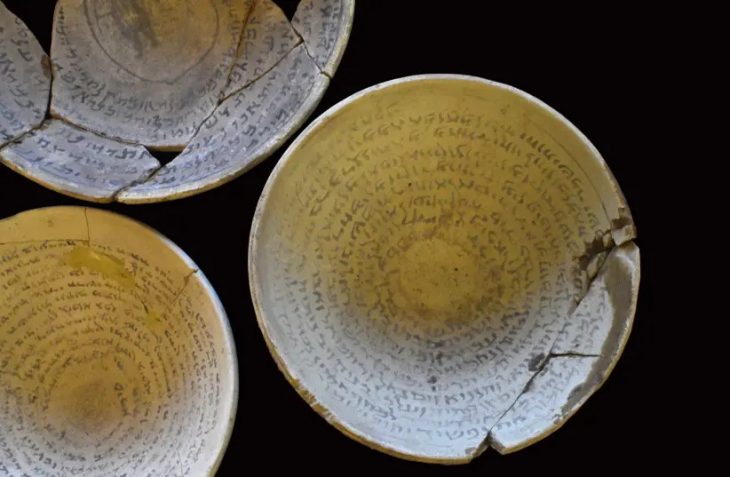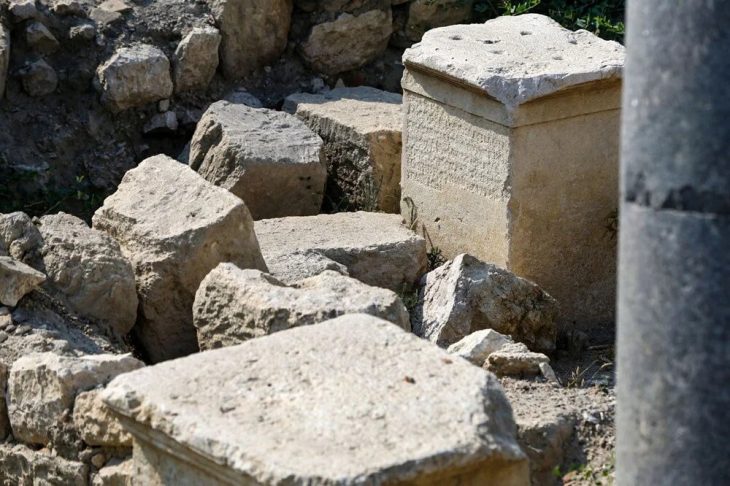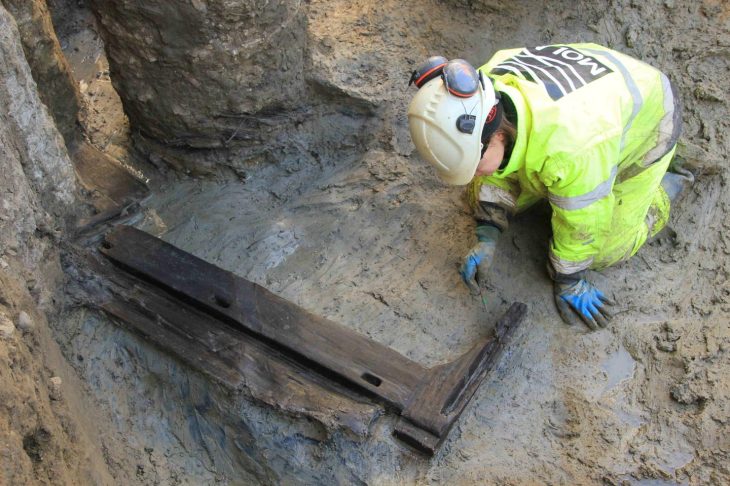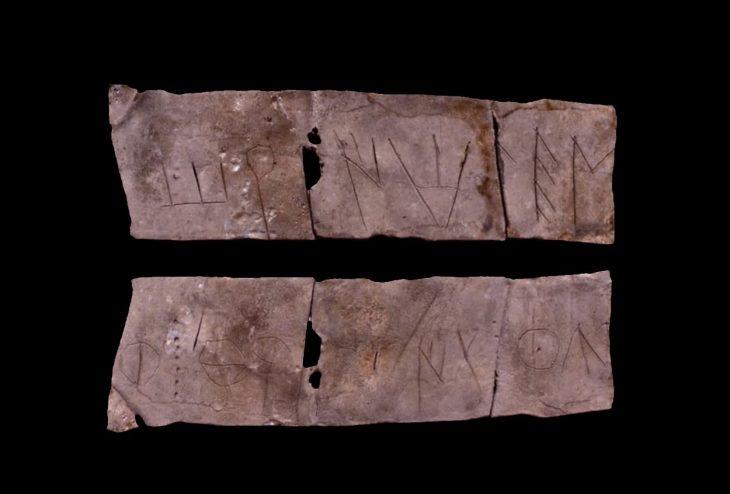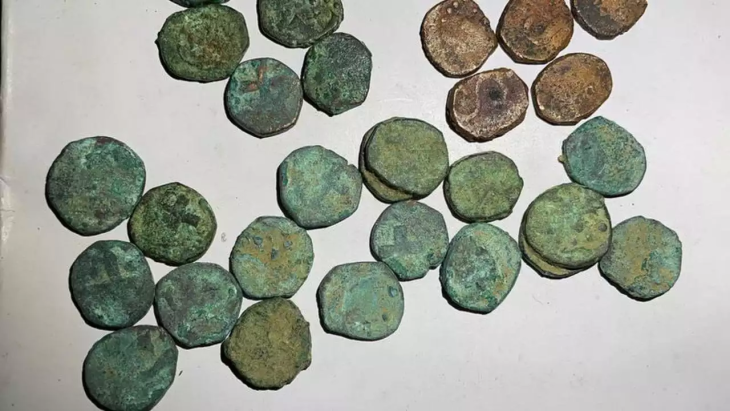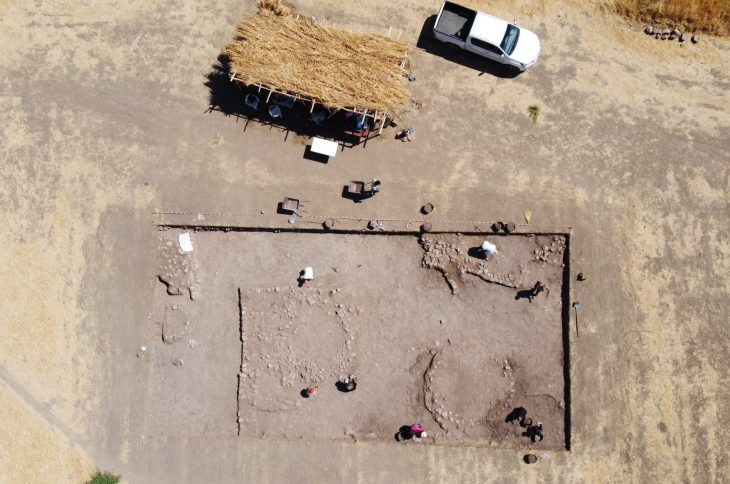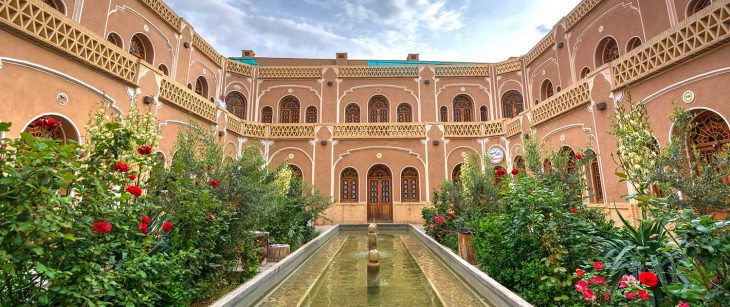A previously unpublished and unknown bronze seal matrix of Saint George slaying the dragon has been discovered at the royal Château of Villers-Cotterêts in northern France.
This royal residence was built in 1528 by François I, who signed the famous decree of Villers-Cotterêts in August 1539 the edict that replaced Latin with French in all official acts of law and government. It is the oldest French law still in force in French courts today.
Archaeological excavations, led by archaeologists from the Inrap and Aisne archaeological service, began in the spring of 2020 near the royal residence and on the tennis court. A second search by Inrap in November 2020 concerned the courtyard of the Offices. Since January 2021, archaeologists have been monitoring the work in the house and examining structures in all buildings.
The seal was discovered in a coal pouch in a room in the north wing of the castle.
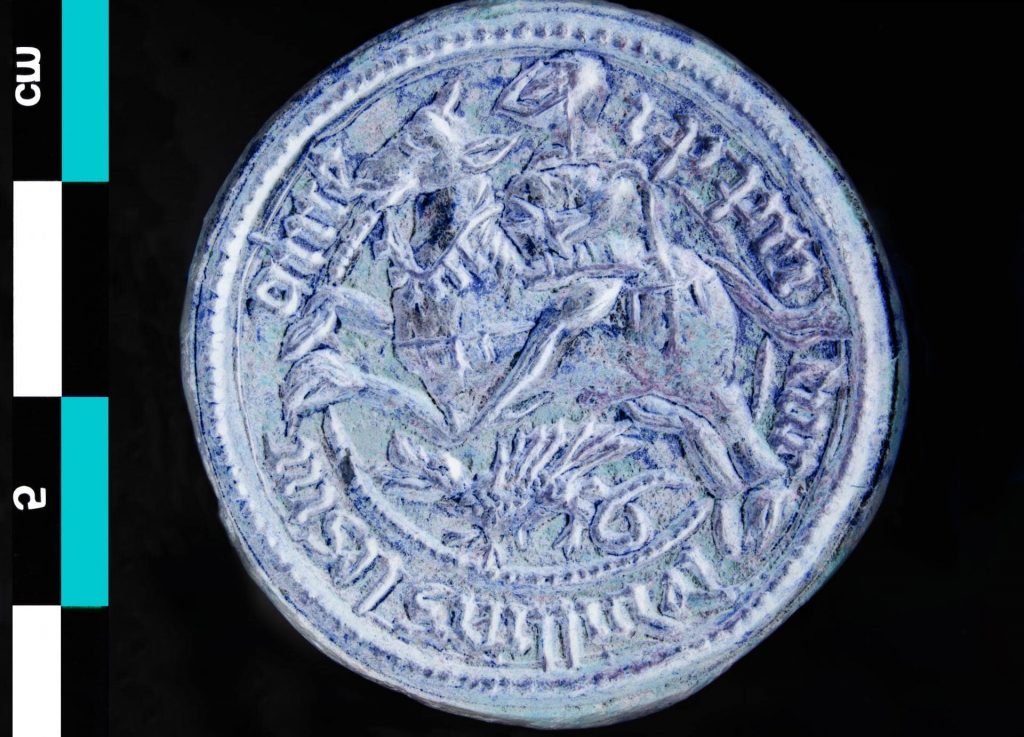
The seal matrix is circular with a pierced mount on the back from which the seal could be worn on a chain around the neck or tied to a belt. It is hollow engraved on the obverse with a mounted horseman in full plate armor. Under the legs of the rearing horse is a dragon. It is bordered with a beaded edge and inscribed “IP PRI/EUR / DEVILLERS / LESM / OINE”.
The inscription indicates the seal belonged to the prior of the Saint George Monastery in Villers-Les-Moines which was a half-mile stroll from the Chateau of Villers-Cotterêts. Very little is known about this priory, which makes the discovery of the prior’s seal even more historically significant.
Seal matrices were extremely important in the Middle Ages, the sole means of confirming the authenticity of a signature, and as such were customarily destroyed or buried with the owner after death. For one to be tossed in with the coals it was almost certainly lost by accident, perhaps by someone warming himself at a fireplace, and was inadvertently discarded with the ashes by staff.
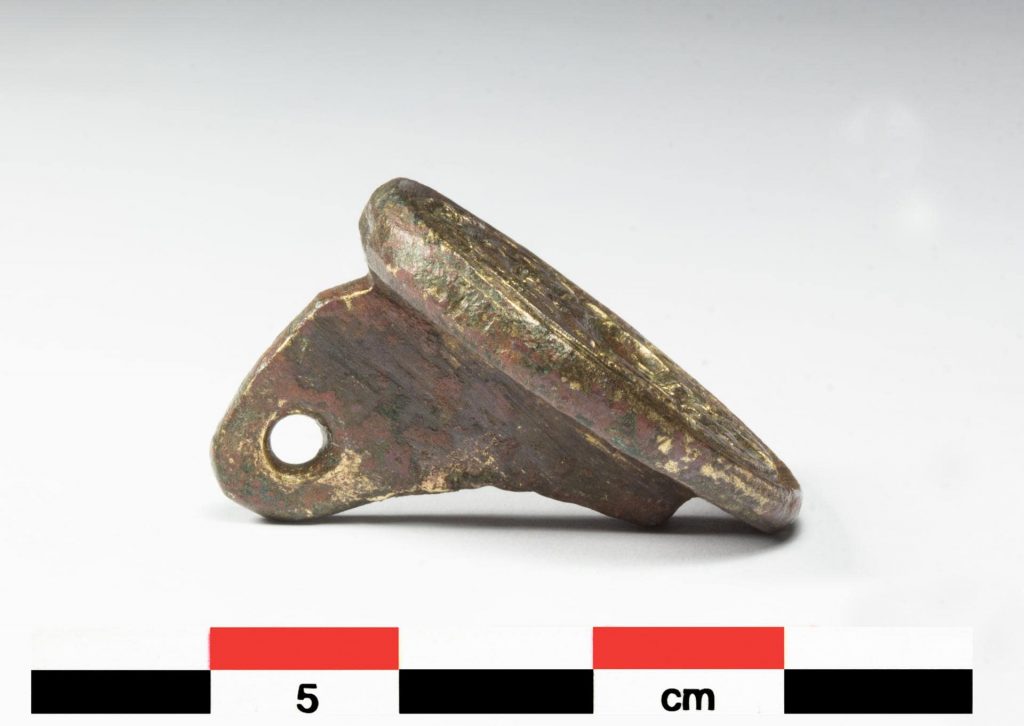
In the Middle Ages, the only way to authenticate a document was a seal. Seal matrices were incredibly important in the Middle Ages, as they were the only way to verify the legitimacy of a signature. As a result, they were often destroyed or buried with the owner after death.
The owner of this seal probably lost it by accident, was inadvertently discarded with the ashes by staff.
This unexpected discovery demonstrates the contribution of archeology to the knowledge of history. After the fieldwork is completed, the scientists will be able to closely link archaeological, archival, and historical research, to investigate not only the archeology of the castle but also the relationship between the castle and its political-historical environment.
Cover Photo: Serge Le Maho / Inrap

